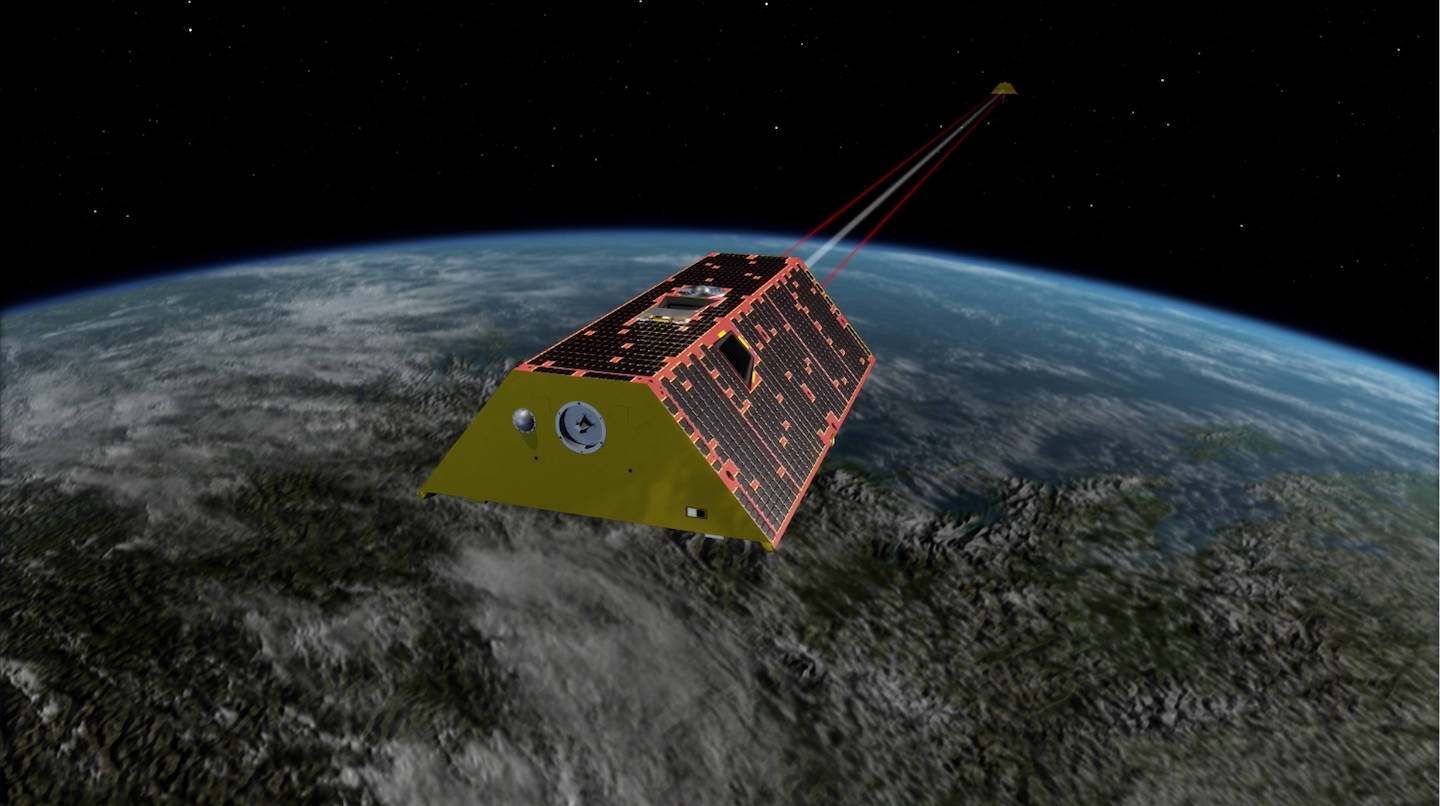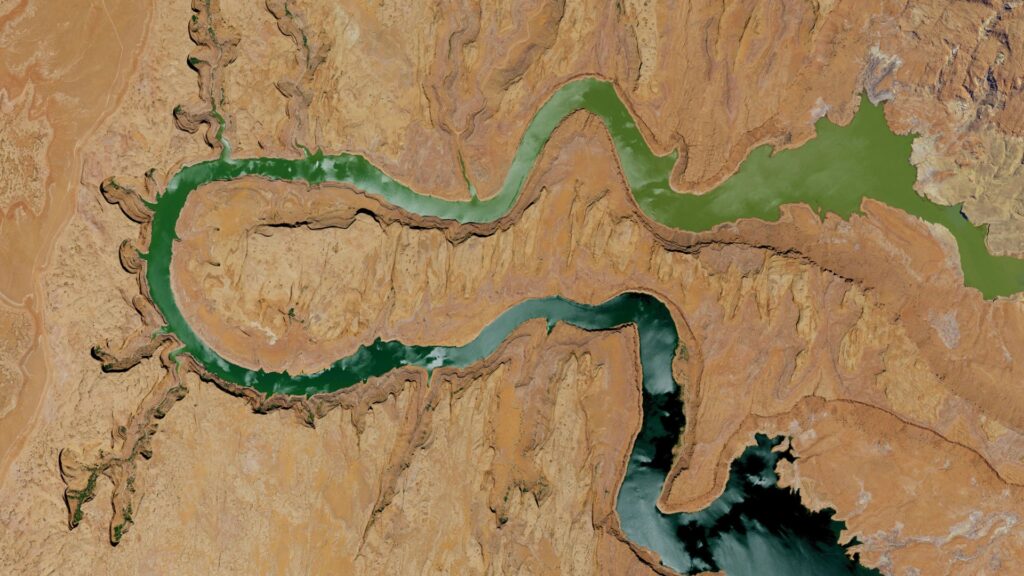
Water Weekly for November 16th
IF YOU CAN ONLY READ THREE STORIES ABOUT WESTERN WATER THIS WEEK, READ THESE:
1. International water researcher highlights Colorado Basin’s “disappearing” groundwater
When you can weigh tiny changes in the weight of Earth from space, you can spot some interesting things. And at least one of those things is worrying when it comes to the Western water crisis: since 2002 when a pair of NASA satellites began essentially , Colorado River Basin groundwater has depleted much faster than water storage in the nation’s two largest reservoirs. Colorado Sun reporter Chris Outcault summarizes from a conversation with researcher Jay Famiglietti, “When there’s more water mass on the ground, say, from a storm that just dumped a bunch of snow on the Rockies, that region exerts a greater gravitational tug on the satellites, pulling the instruments down a few centimeters.” Famiglietti has been watching the changes in groundwater around the world for all of those 22 years, and he says that “The groundwater contribution to sea level rise is about as big as the [melting] ice sheets.” Agricultural pumping is the largest consumer of groundwater worldwide. As Outcault writes, “In Colorado, ag accounts for about 85% of water use statewide. ‘The challenge there is going to be making sure farmers have the incentives and support,’ Famiglietti said.”
2. Lots of options on the table for saving Great Salt Lake, but especially the simplest — use less water
In this piece from the Logan Standard-Examiner, produced as part of the Great Salt Lake solutions journalism collaborative, we hear a surprisingly simple message from Utah’s Joel Ferry, a former state lawmaker and now the executive director of Utah’s Department of Natural Resources: “Conservation has to be our first choice. Across the board. Period. Not only our first choice, it’s our most cost-effective choice. So before we get to spending tens of billions of dollars building pipes somewhere, let’s do conservation. Let’s do 100% conservation.” Reporters Sheri Quinn and Ben Winslow note that “So far, Utah’s political leaders have been loath to issue mandates, instead preferring to encourage more of a volunteer spirit in the drought,” but that if the lessons from another growing southwestern city, Las Vegas, are any indication, voluntary conservation will only take the Great Salt Lake so far. They talked to Pat Mulroy, retired CEO for the Southern Nevada Water Authority and the Las Vegas Valley Water District. She noted that while it wasn’t easy, Vegas “tapped into that human desire to want to be a part of the solution and not part of the problem.”
3. Farm and ranch adaptations to drier conditions benefits everyone
Hannah Holm of American Rivers penned this op-ed in the Grand Junction Daily Sentinel, and while I generally steer clear of opinion (other than my own) in Water Weekly, Holm calls out two key opportunities that water users in Colorado ought to know about (and that other states should replicate, asap). The first is offered by the Colorado Ag Water Alliance. Individual farmers and ranchers, as well as ditch companies and water districts, can apply for funding to “support the design and implementation of drought resilience and innovative water conservation projects.” More information can be found at coagwater.org/drought-resiliency-projects. The deadline to apply is Dec. 1. Holm also smartly calls attention to Colorado State University Extensions program providing free support to farmers and ranchers for putting together or revising an existing drought plan. Information is available about Colorado State University’s Drought Advisor program at drought.extension.colostate.edu.
Get the Water Weekly in your Inbox each week.





